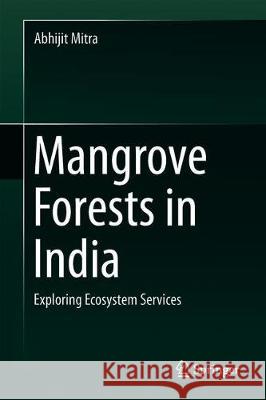Mangrove Forests in India: Exploring Ecosystem Services » książka
topmenu
Mangrove Forests in India: Exploring Ecosystem Services
ISBN-13: 9783030205942 / Angielski / Twarda / 2019 / 361 str.
Mangrove Forests in India: Exploring Ecosystem Services
ISBN-13: 9783030205942 / Angielski / Twarda / 2019 / 361 str.
cena 322,01
(netto: 306,68 VAT: 5%)
Najniższa cena z 30 dni: 308,41
(netto: 306,68 VAT: 5%)
Najniższa cena z 30 dni: 308,41
Termin realizacji zamówienia:
ok. 22 dni roboczych
Dostawa w 2026 r.
ok. 22 dni roboczych
Dostawa w 2026 r.
Darmowa dostawa!
Kategorie:
Kategorie BISAC:
Wydawca:
Springer
Język:
Angielski
ISBN-13:
9783030205942
Rok wydania:
2019
Dostępne języki:
Ilość stron:
361
Waga:
0.72 kg
Wymiary:
23.62 x 15.75 x 2.29
Oprawa:
Twarda











